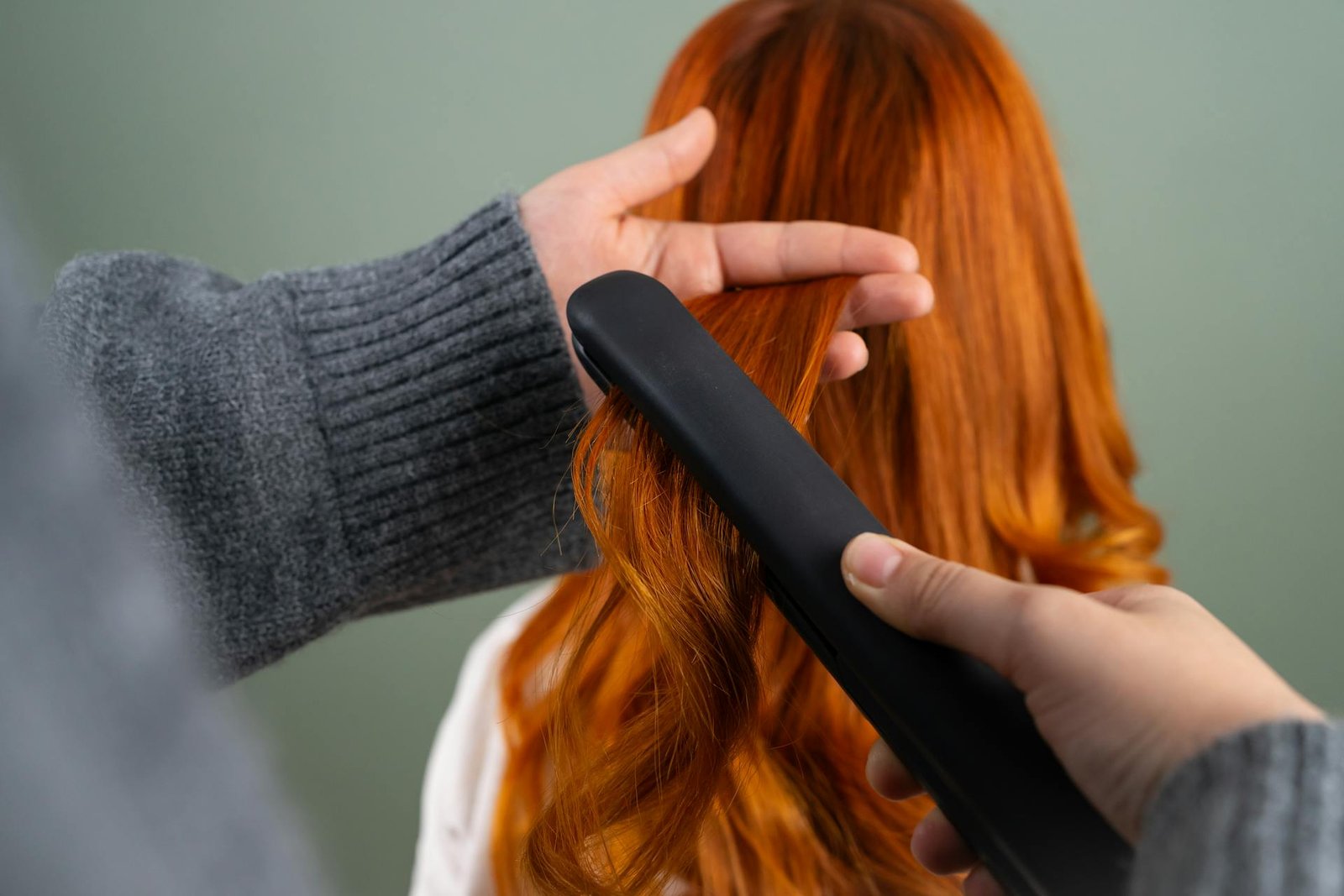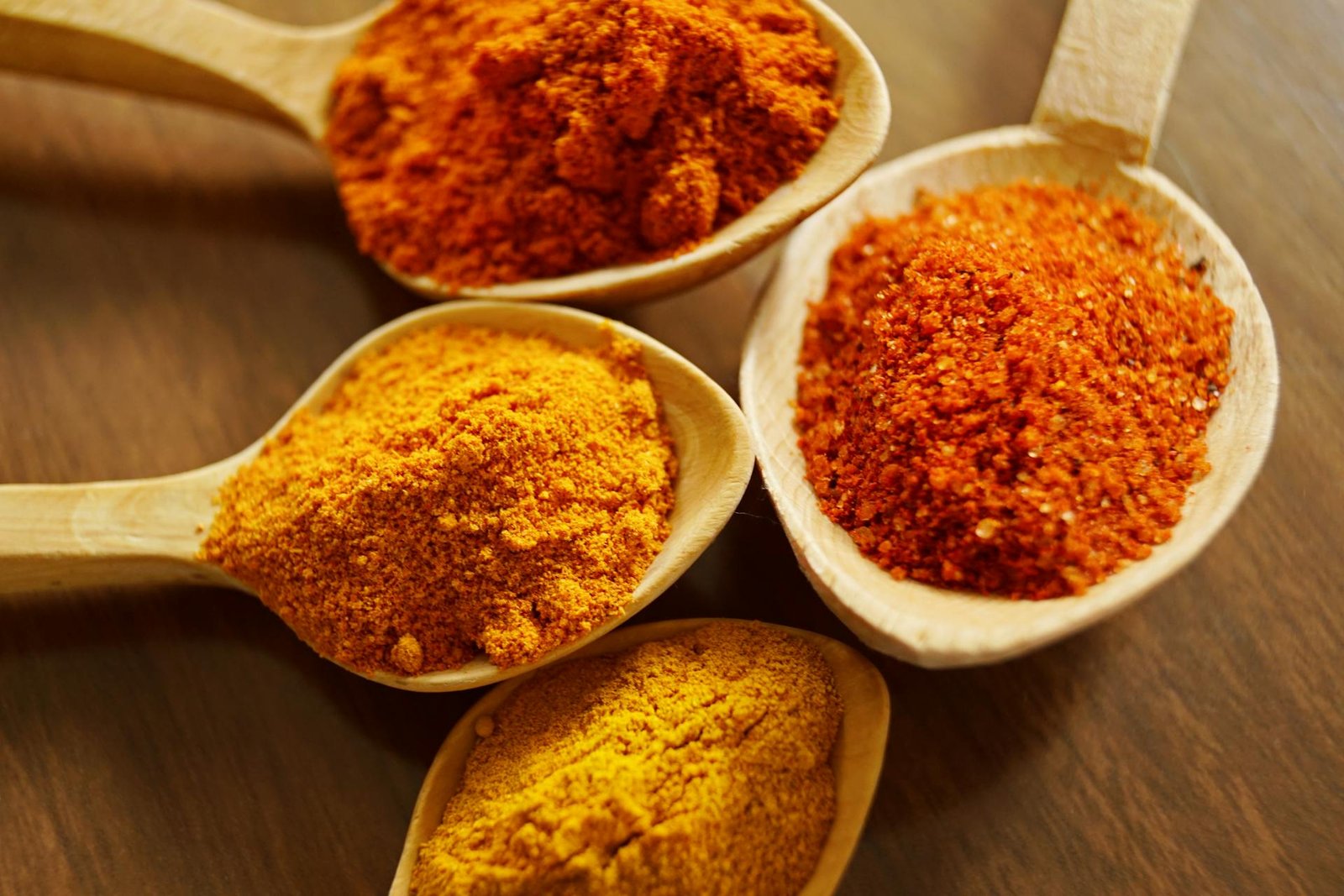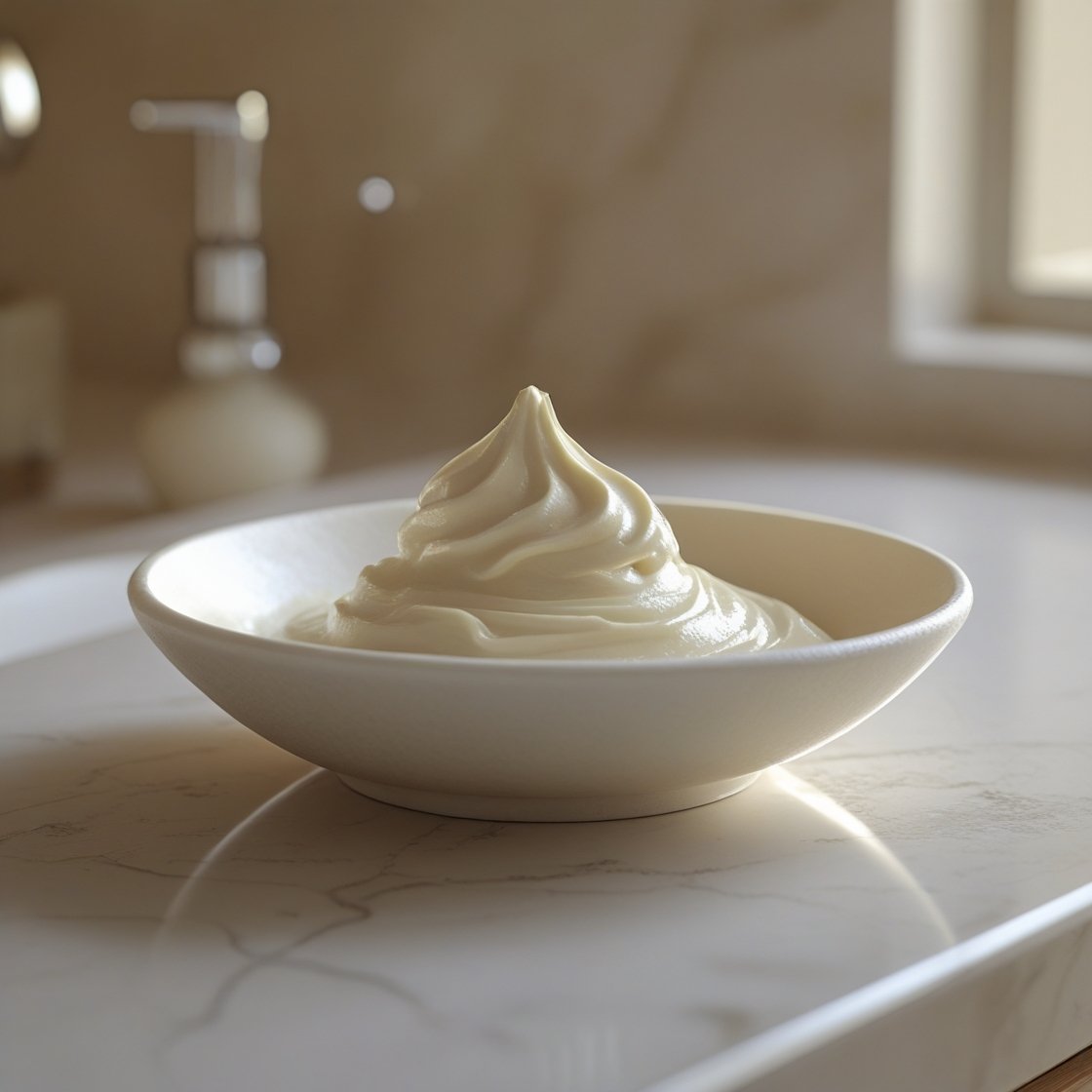Choosing the right hair straightener for your hair

Hair Straightening Methods
Hair straightening has become a popular practice for achieving sleek, smooth locks, with various methods available to cater to individual preferences and hair types. The landscape of hair straightening encompasses both DIY approaches and professional treatments, providing options for those seeking temporary or long-lasting results. Understanding these methods is essential in identifying the best solution tailored to one’s unique hair needs.
Among the most common methods is the use of flat irons, a popular DIY tool that applies heat to the hair, transforming its texture instantly. Flat irons come in various materials, including ceramic, titanium, and tourmaline, each offering distinct benefits. While these devices can be effective, it is crucial to employ heat protection products to minimize damage caused by high temperatures.
In contrast, professional treatments such as keratin smoothing, Brazilian blowouts, and hair botox provide longer-lasting results and are often customizable to suit specific hair types and textures. Keratin treatments, for example, infuse the hair with keratin, a protein that strengthens and smooths the strands. This method is sought after for its ability to reduce frizz and enhance shine while maintaining a natural look. Hair botox, a more recent innovation, is formulated to fill in gaps in the hair fibers, resulting in smooth, hydrated hair without the use of harsh chemicals.
Additionally, each of these methods comes with varying degrees of maintenance and longevity, further influencing the decision-making process. For those opting for a DIY approach, curly hair may require different tools as opposed to straight or wavy hair. The choice of hair straightening method will significantly impact the hair’s health, appearance, and the time investment needed for upkeep. As we explore these options further, we will delve into the advantages and disadvantages of each method to guide you toward the most suitable hair straightening solution.
Understanding Hair Straighteners
Hair straighteners are essential styling tools in the beauty industry, designed to transform curly or wavy hair into sleek, straight tresses. The variety of hair straighteners available can be overwhelming, but they typically fall into a few main categories, each catering to different hair types and styling preferences. The most common types are flat irons and steam straighteners.
Flat irons, also known as hair straightening irons, consist of two heated plates that clamp down on sections of hair. The temperature settings can range from 250°F to over 450°F, allowing users to select the right heat based on their hair type. Fine or damaged hair may require lower temperatures to avoid further damage, while coarse or thick hair might necessitate higher temperatures for effective styling. Many modern flat irons are equipped with ceramic or tourmaline plates, which distribute heat evenly and reduce the risk of hot spots that can burn hair.
Steam straighteners utilize moisture to aid in the straightening process. By emitting steam while straightening the hair, they help to hydrate and smooth the hair cuticle, thus minimizing frizz and enhancing shine. However, steam straighteners may not be suitable for all hair types; those with very fine or chemically treated hair should approach steam styling with caution, as excess moisture can weaken such hair.
Another important consideration is the material of the plates. Ceramic plates are known for even heat distribution and are often recommended for everyday use. Titanium plates, on the other hand, heat up quickly and are durable, making them a popular choice among professional stylists. Additionally, some straighteners incorporate advanced technologies such as infrared heat or ionic technology, which aim to reduce heat damage while improving hair’s smoothness and overall appearance.
Exploring Keratin Treatments
Keratin treatments have gained popularity in recent years as effective solutions for managing frizzy and curly hair . These specialized treatments infuse the hair with keratin, a natural protein that is an essential component of human hair. The primary objective of keratin treatments is to smoothen and strengthen the hair fibers, resulting in a sleek and polished appearance. During the process, a keratin-based formulation is applied to the hair, which is then sealed in using heat from a flat iron.
The formulations used in keratin treatments can vary significantly. Some treatments may include additional chemicals that help in breaking down the natural structure of the hair to facilitate greater absorption of keratin. Others emphasize a more natural approach, utilizing organic ingredients and avoiding harsh chemicals like formaldehyde. It is crucial for individuals to carefully review the ingredients in any keratin treatment to ensure they align with their personal preferences and sensitivities.
Typically, the results of keratin treatments can last anywhere from three to six months, depending on the specific type of treatment and the individual’s hair type. Factors such as hair texture, maintenance routines, and environmental conditions also play essential roles in determining the longevity of the effects. Post-treatment maintenance is vital to preserving the results; this often includes using sulfate-free shampoos, avoiding excessive heat styling, and being mindful of water exposure.
In addition to delivering smoother hair, keratin treatments also provide benefits such as reduced drying time and improved manageability. Users often report healthier-looking hair and a significant reduction in frizz. However, potential candidates should consult with professionals to determine whether keratin treatments are suitable for their specific hair needs and conditions. With the right knowledge and care, keratin treatments can be an excellent option for achieving desirable hair results.
The Buzz Around Hair Botox
Hair Botox has gained significant attention in the beauty industry as a revolutionary treatment for achieving smooth, shiny, and frizz-free hair. Unlike traditional keratin treatments, which contain formaldehyde and focus primarily on straightening effects, hair botox offers a unique formula designed to improve hair health and vitality. This treatment does not involve any harsh chemicals, making it a safer alternative for many individuals.
The core ingredients in hair botox treatments often include a blend of natural oils, vitamins, and proteins that collectively work to repair and rejuvenate the hair. Common components like argan oil, vitamin E, and collagen are frequently featured, nourishing the hair from root to tip. This infusion of beneficial nutrients not only enhances the smoothness and shine of the hair but also strengthens it, reducing breakage and improving overall texture.
One of the notable differences between hair botox and keratin treatments lies in the results and longevity of effects. While keratin provides a more intensive straightening effect that can last up to several months, hair botox focuses on restoring the hair’s natural health rather than altering its structure permanently.
Moreover, hair botox is suitable for a wider range of hair types. Those with damaged, color-treated, or naturally curly hair can benefit significantly from this treatment, as it works to tame unruly locks while preserving natural texture.
How to Use Hair Straighteners Safely and Effectively
Using hair straighteners can be a straightforward process if approached correctly. To begin, preparation is an essential step that should not be overlooked. Start by washing your hair with a smoothing shampoo and conditioner to cleanse and nourish your locks. Once you have dried your hair, ensure it is completely dry before straightening to prevent any steam-related damage. Use a heat protectant spray to shield your hair from high temperatures. This step is critical as it minimizes heat exposure and helps in reducing damage, enabling healthier styling.
When it comes to setting the right temperature for straightening, it is vital to consider your hair type. Fine or damaged hair should typically be styled below 350°F, as higher temperatures can exacerbate fragility. Medium to thick hair requires slightly higher heat, around 350°F to 400°F, ensuring effective straightening while avoiding unnecessary harm to the hair shaft. It’s always advisable to start with a lower setting, gradually increasing it only if necessary. This cautious approach can help prevent overheating and minimize any adverse effects on your hair.
Natural Recipes for Straightening Hair at Home
For those seeking to straighten hair without the use of chemical treatments, natural remedies can provide effective alternatives. Among these, a few recipes using common ingredients have gained popularity for their simplicity and effectiveness. Here are two noteworthy methods utilizing coconut milk, aloe vera, and honey, which are known for their beneficial properties for hair.
Coconut Milk & Lemon Juice Hair Treatment
Looking for a natural way to smooth and nourish your hair? This simple, effective DIY treatment uses the power of coconut milk and lemon juice to help straighten your hair while leaving it soft, shiny, and deeply conditioned.

Ingredients:
* 1 cup of coconut milk
* Juice of 1 fresh lemon
Instructions:
- In a mixing bowl, pour in the coconut milk.
- Squeeze the juice from one lemon and add it to the coconut milk.
- Stir the mixture thoroughly until both ingredients are well combined.
- Apply the mixture evenly to your hair, working from roots to tips.
- Once your hair is fully covered, place a shower cap over your head to trap in the moisture.
- Let the treatment sit for 30 to 45 minutes.
- Rinse your hair with lukewarm water and style as usual.
Another effective approach includes aloe vera and honey. Begin by extracting fresh aloe vera gel from the leaves of the plant; you will need about half a cup. Combine this with two tablespoons of honey in a bowl. Mix thoroughly until you achieve a smooth paste. Apply the blend to your hair, focusing primarily on the strands and avoiding the scalp. Once applied, let it sit for about 30 minutes, allowing the natural straightening properties of the ingredients to work. Rinse it out thoroughly with water, followed by a mild shampoo if needed. This natural recipe not only aids in straightening but also promotes overall hair health.
Share :




